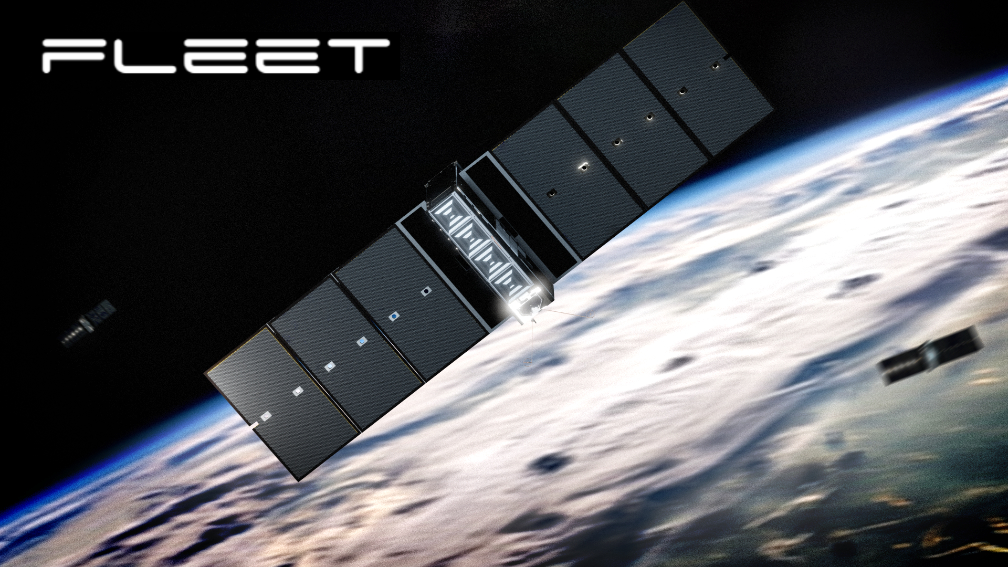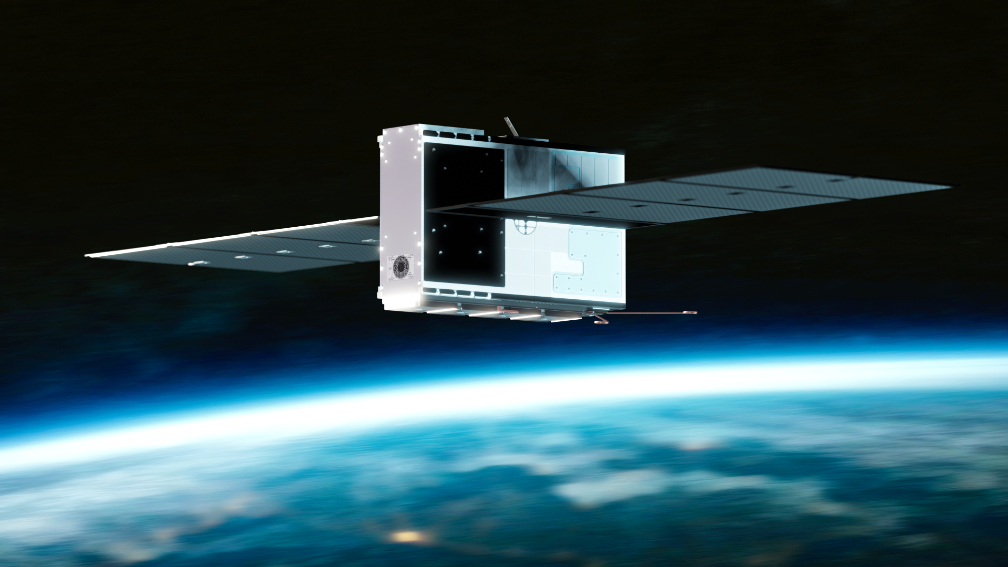
Fleet Space launches its latest Centauri 5 satellite using the Space X Falcon 9 launch vehicle, making this Fleet’s 7th satellite on-orbit. This LEO satellite was produced using 3D printing technology and adds capacity, reduces signal delay and provides additional network redundancy in the existing Centauri smallsat constellation.

This was the company’s third launch with SpaceX, following the successful deployment of Centauri 4 on the Transporter-2 mission in June 2021.
Centauri 5 will be placed in LEO at an expected altitude of some 530 km. (330 miles). A 6U sized smallsat with a total weight of 12kg., this smallsat will add capacity, reduce latency and provide additional network redundancy in the existing six-strong Centauri constellation, which Fleet operates in collaboration with Tyvak International.
Upgrades to the Centauri 4 payload include enhancements that mitigate the effects of radiation in LEO, direct communication links to Fleet’s ground station as well as an extended S-band range, allowing uplink at standard, ground station frequencies.
Digital beamforming provides extra gain, increasing the data rate and also allows the S-band frequency channels to be reused on the different beams. This combination increases by 2x the satellite’s data capacity. In a world first, the all-metal patch antennas are all entirely 3D printed.
The advances in 3D printing technology used in the construction of its patch antenna also feed into the development of the forthcoming, fully 3D printed, micro Alpha constellation, scheduled for launch during 2023. Together, the two systems will provide continuous coverage, data rates up to 520 kbps and tailored frequency bands servicing current and future generations of IoT devices.
The combined constellation also enables Fleet Space’s ExoSphere system. This is transforming mineral exploration by using ambient noise tomography to locate critical resources up to 100 times faster and with far less environmental impact than conventional methods such as explosives, vibroseis machines and drilling.
The Centauri 5 launch further strengthens Fleet Space’s position in the vanguard of the burgeoning Australian space technology industry, which the federal government predicts will be worth $12 billion and create an additional 20,000 jobs by 2030.
“This latest launch will see us put our pioneering Centauri micro satellite into low-earth orbit. It’s both a landmark technical achievement, and another significant milestone on our journey, which has seen us grow from promising start-up to a world-leading space technology company in just four years. We’ve built our business and reputation by consistently delivering on our stated goals, and developing technologies that address real human and commercial needs reliably and cost-effectively. Centauri 5 will bring important new capabilities to our existing constellation. It also supports the development of our forthcoming Alpha constellation, which enables our pioneering ExoSphere mineral exploration tool with transformational benefits for the exploration of critical energy transition materials. We’re delighted to be working in collaboration with Space X on this launch, a move that marks a major expansion of our presence in the US and strengthens Australia’s position as a genuine global player in the space industry,” said Flavia Tata Nardini, CEO and Founder, Fleet Space Technologies
Fleet Space Technologies is Australia’s leading space company. It operates from a state-of-the-art HQ in Adelaide, South Australia, a region rapidly emerging as a global centre of excellence in space and advanced aerospace technologies. The company has designed, built and launched the country’s only commercial Satellites and has six satellites already in orbit as it works towards a mission towards building a constellation of 140 small satellites in Low Earth Orbit.
